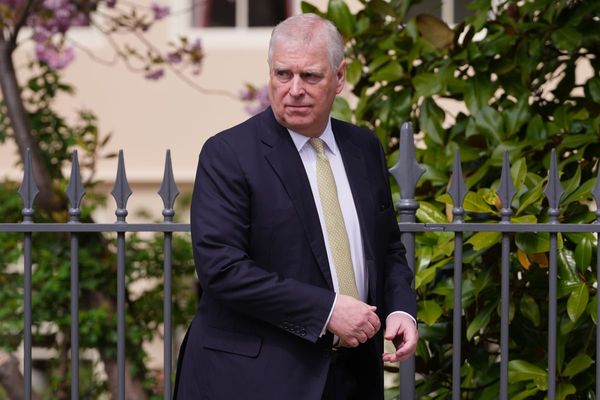
Pentax 17: two-minute review
The Pentax 17 marks a big moment for film photography: it's the first new film camera in decades from one of the historically big names in the analog format. And it's not just a reimagining of a vintage Pentax model, but a completely new concept and design, and the first in what could be a number of cameras spawned by the Pentax Film Project.
I shared my initial thoughts in my Pentax 17 hands-on review when the camera was announced. It wasn't love at first sight, but in the couple of weeks since the Pentax 17 has charmed me – and the more I've thought about it, the more it makes sense for 2024 and beyond.
But what exactly is the Pentax 17? It's a compact film camera with a fixed wide-angle 25mm f/3.5 lens, and it's half-frame, which means it accepts the widely available 35mm film, but you get double the amount of pictures from a roll at half the size; the pictures are a vertical-format 17 x 24mm, hence the camera's name.
When we consider that it's a half-frame camera, the lens' effective focal length for a single photo is around 37mm – that's similar to the portrait lens of your phone, and the lens of the trending Fujifilm X100 VI digital compact, which has become 2024's most popular camera.
The Pentax 17 is similar in size to the X100VI, and the cameras look similar too, so we can see how Pentax is tapping into today's digital photography trends with its new film model. It also has the obligatory retro look and feel, complete with tactile response from the film crank, and audible feedback as you wind the film on – this could be the digital detox camera that a growing portion of Gen Z is looking for.
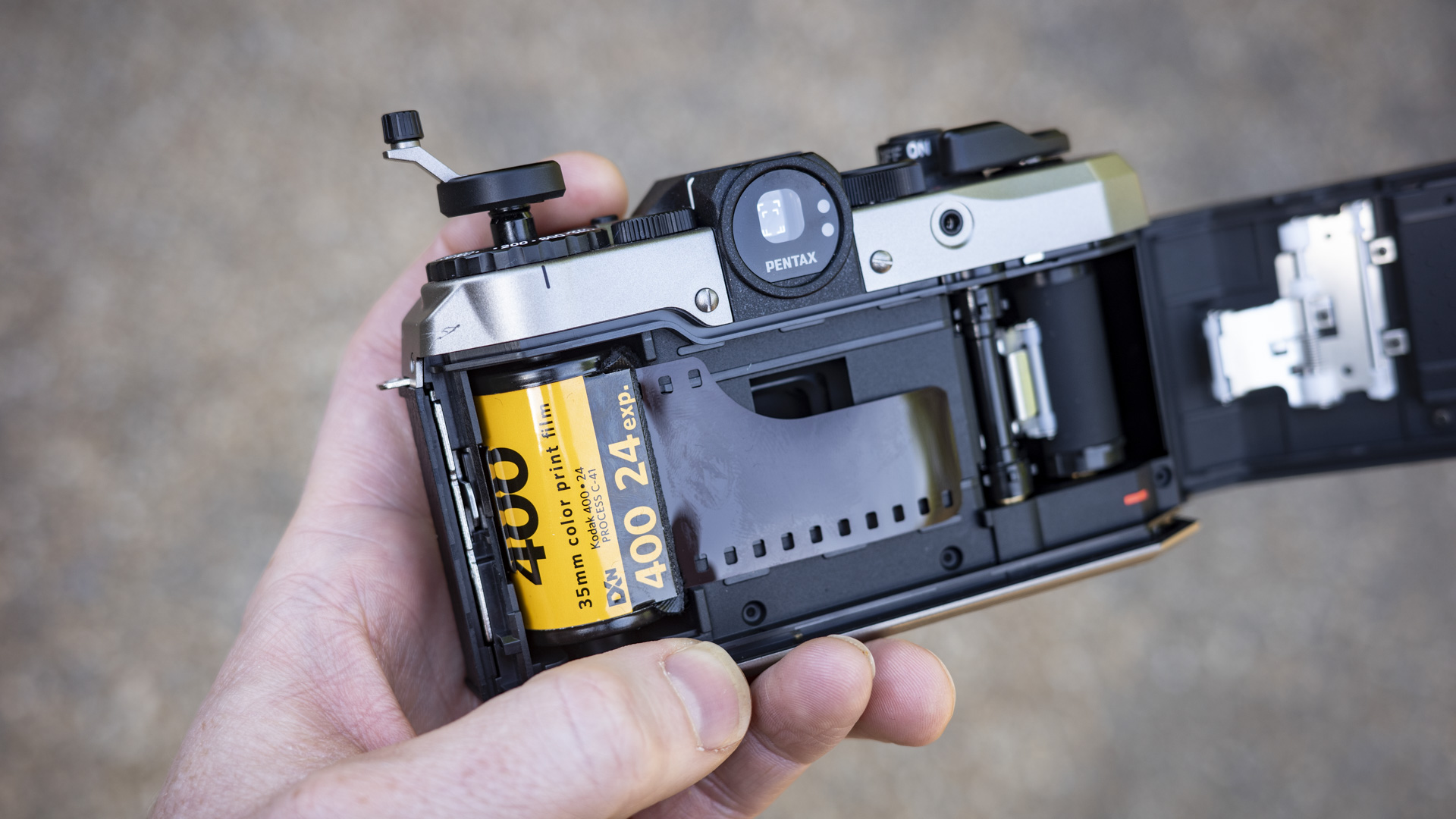
Half-frame cameras shoot vertical- or portrait-format photos, which is how most people compose photos on their smartphones and share images on social media, so it won't take newbies long to get to grips with the Pentax 17 (you can rotate the Pentax 17 by 90 degrees to vertical to get horizontal, or landscape, half-frame photos too).
Simply put, Pentax has delivered a point-and-shoot camera that taps into today's photography trends, and it might have arrived at the optimum moment to become a big hit. However, there's a sticking point: the camera's $499 / £499 / AU$899 list price. That's kind of high given the intended users, especially considering the Pentax 17's plasticky feel.
If it's a compact film camera you're after there are plenty of vintage alternatives on the secondhand market for less than half the price, such as the Canon Canonet 28 or Olympus Trip 35. And if you don't mind a simpler half-frame modern rival with a lesser-quality lens, the Kodak Ektar H35 is a snip by comparison at around a tenth of the price.
However, I think Pentax is onto a winner with the 17. Its lens is admirably sharp, it has some neat design elements, and its film format makes sense for today. I've really enjoyed my time with the camera, and I won't be the only one who will.
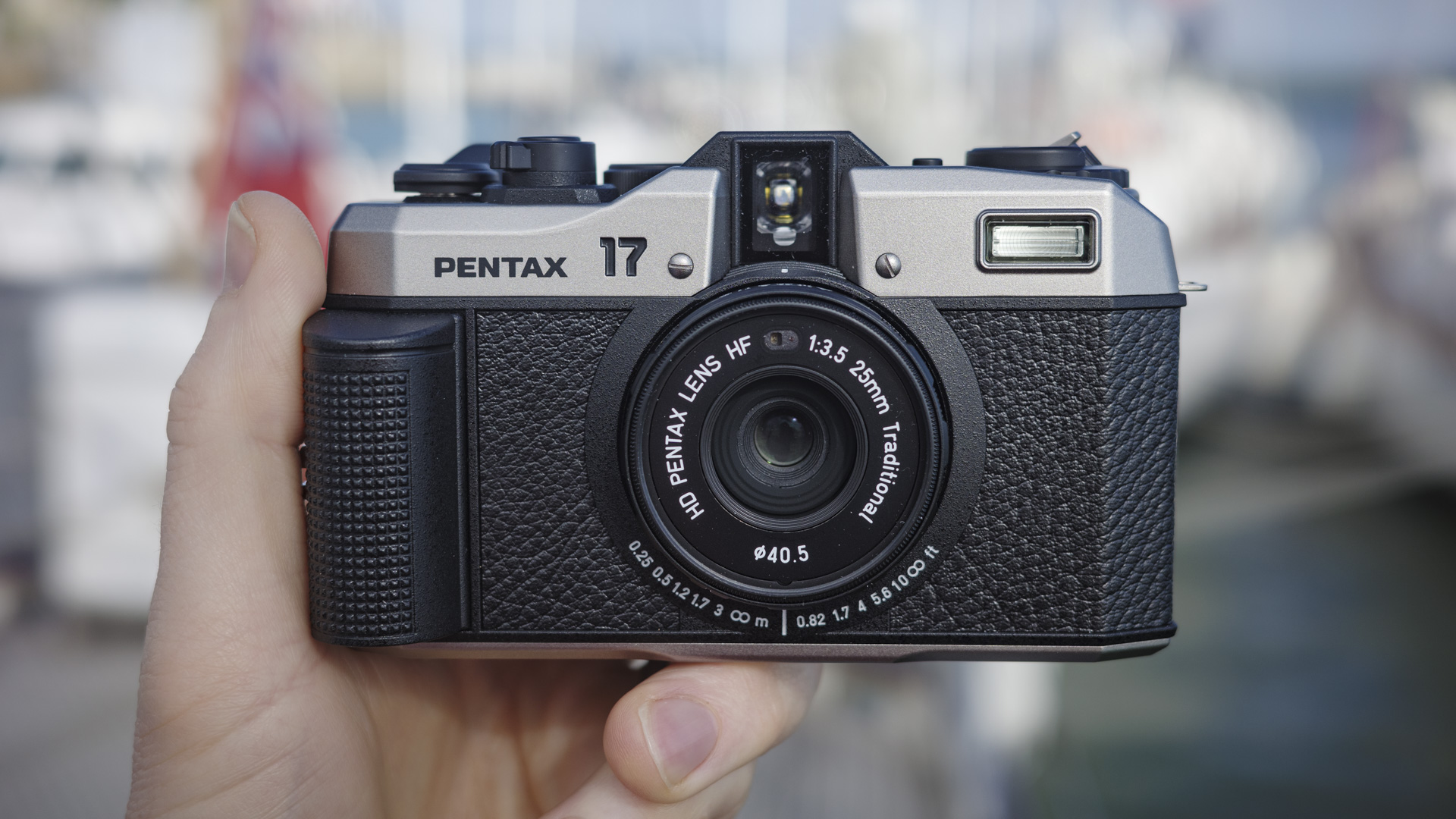
Pentax 17: price and availability
As mentioned, the Pentax 17 costs $499 / £499 / AU$899, and at first the price seems laughable: why so high? However, there isn't really a direct competitor to this camera, and the 17 is a better-quality compact than cheap point-and-shoot alternatives like the Kodak H35 Ektar; and in the digital space, this kind of camera would be retailing for around double the amount. I still think the price should be lower though.
You get a wrist strap in the box, but otherwise there are currently no real accessories to speak of besides a cable release, though you don't need to buy Ricoh Pentax's own version. I'd like to see a leather half-case and a full case for the 17 – it seems a shame that neither is available yet because this is the kind of camera that suits a case and, with its plasticky build quality, would benefit from one.
Pentax 17: design
- Optical viewfinder has pretty accurate frame lines
- Handy built-in flash for creative low-light shots
- Decent grip and overall handling
At first sight and feel, the look of the Pentax 17 and the experience in the hand don't match. You expect the 17 to be weightier given its retro design and price tag, but it feels more toy-like. Apparently the top and bottom plates are magnesium alloy, but I scratched the top plate within the first day of moderate use.
It's a far cry from the all-metal, tough-as-nails SLR cameras from the 1970s and 80s, and you'll need to look after it – if I was buying a Pentax 17 I'd be on the lookout for a third-party protective case that compliments the retro look of the camera.
There are various textures going on: the faux-leather body, mag-alloy top plate, and the ridged hand grip, which by the way houses the included CR2 battery, which isn't rechargeable but should last for months if not years. Other than the lightweight and plasticky feel, the 17 has a nice balance in the hand, and is a good size for an everyday camera.
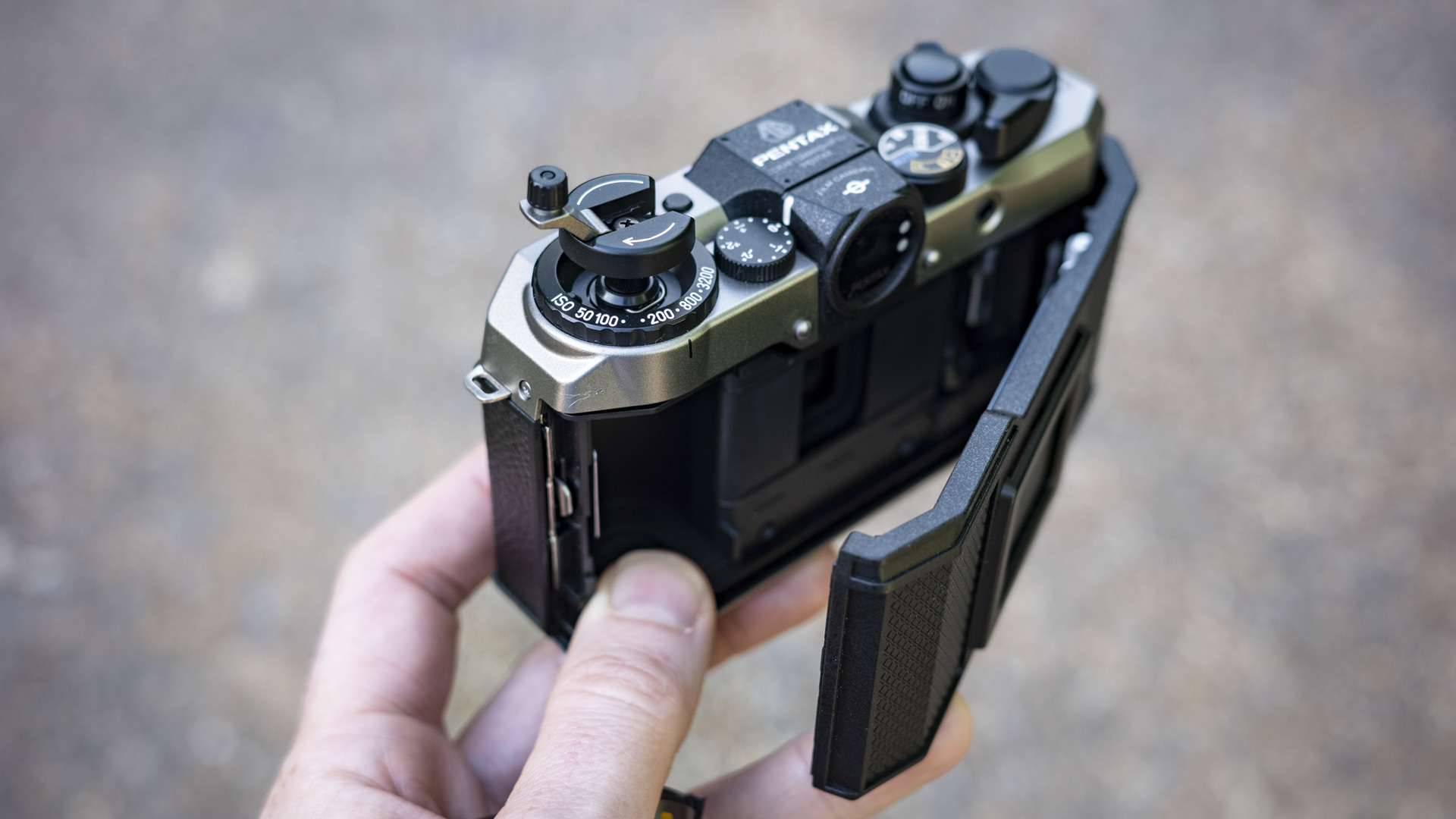





On the top plate is a mechanism that you pull up to pop open the film door to load a film, and which you also use to rewind a film once you've used it up – if you're new to film, it's a super-simple process. The film-wind dial is also used to set the ISO speed, which you need to select based on the film that's inserted in the camera; if you want a visual reminder of this you can cut out the logo from your film roll's packaging and slip it into the window on the film door.
There's also a film crank for winding onto the next frame after you've taken a photo, complete with audible feedback, an operation which is pretty addictive, actually. There's a shooting mode dial with auto, program, bokeh, and night modes, plus you get a selection of modes that utilize the built-in flash. Bokeh keeps the 17 set to its maximum f/3.5 aperture, and you'll want to use this mode for portraits, although the program mode delivers similar results.






I love the optical viewfinder, which has frame lines so you can line up your shot. The outer lines are for distant focusing while the inner guides are for near focusing (parallax correction), and through the viewfinder you can see the active zone-focusing mode – it's a really neat bit of design. If you're shooting in the bokeh mode, you'll need to pay attention to zone focusing: the six modes cover close-up (0.82ft / 0.25m, indicated by the flower symbol) to infinity (indicated by mountains), so be sure to pick the right one for your subject.
At first you'll be semi-blinded by flashing orange and blue lights next to the viewfinder display, and you'll need to refer to the instruction manual to know what those lights indicate. Among other things they offer handy reminders that the film needs winding on (you can't shoot multi-exposures unfortunately), and that the lens cap is still on (the 17 knows because the exposure meter is built into the lens).
Overall, plenty of thought has gone into the design of the Pentax 17, and it's a sensible mix of point-and-shoot simplicity with a decent dose of manual control for creative shooting.
Pentax 17: performance
- Half-size pictures make sense for 2024
- Surprisingly sharp lens
- Decent exposure metering
There's a reason that the Pentax 17 is pricier than a camera like the Kodak H35 Ektar: it's lens is much sharper. Its design combines elements of the lenses used in the Ricoh Auto Half and the Pentax Espio Mini, and results in a 25mm f/3.5 optic that's effectively a 37mm lens in the half-frame format. Put simply, it's a surprisingly sharp everyday lens
The 17 is primarily a point-and-shoot camera, but there is scope for some manual control, too. If you select auto, the brightness values are set by the camera, and there's really nothing else to do other than compose your shot and press the shutter button. However, there are other shooting modes that you can select for specific looks.
If you opt for the bokeh mode, the 17 will automatically try to shoot with a wide-open aperture. At f/3.5 and for single-person portraits (using the correct zone focusing mode), it's possible to get a shallow depth of field. Otherwise, in auto you'll pretty much always get everything in focus.
The exposure meter built into the lens automatically sets the shutter speed based on the shooting mode and ISO film selection. It's the perfect place to put the meter – the 17 will detect if the lens cap is left on, and won't take a photo until you remove the cap, plus it'll automatically adjust the exposure when you attach a filter to the lens that necessitates new exposure settings.
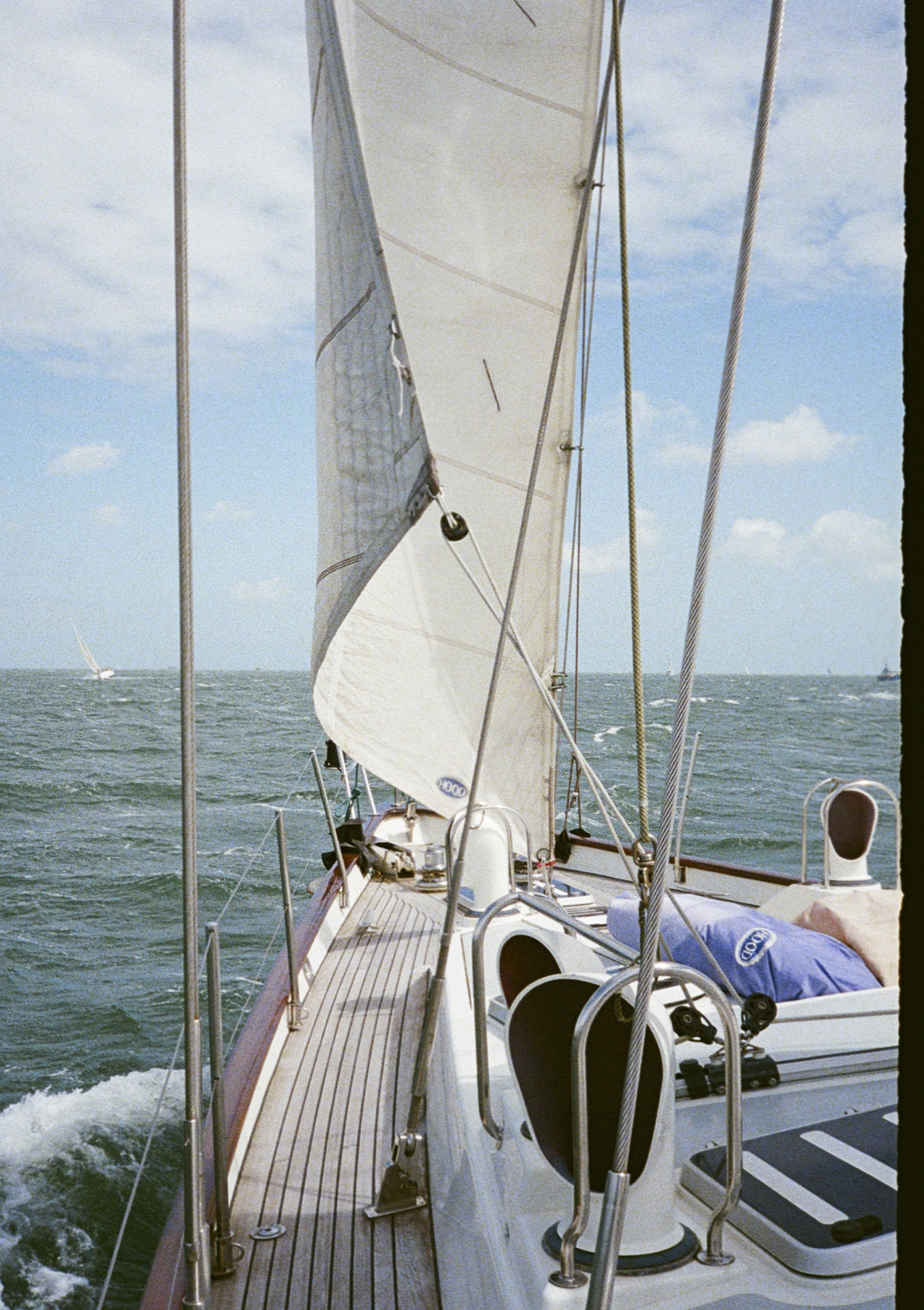
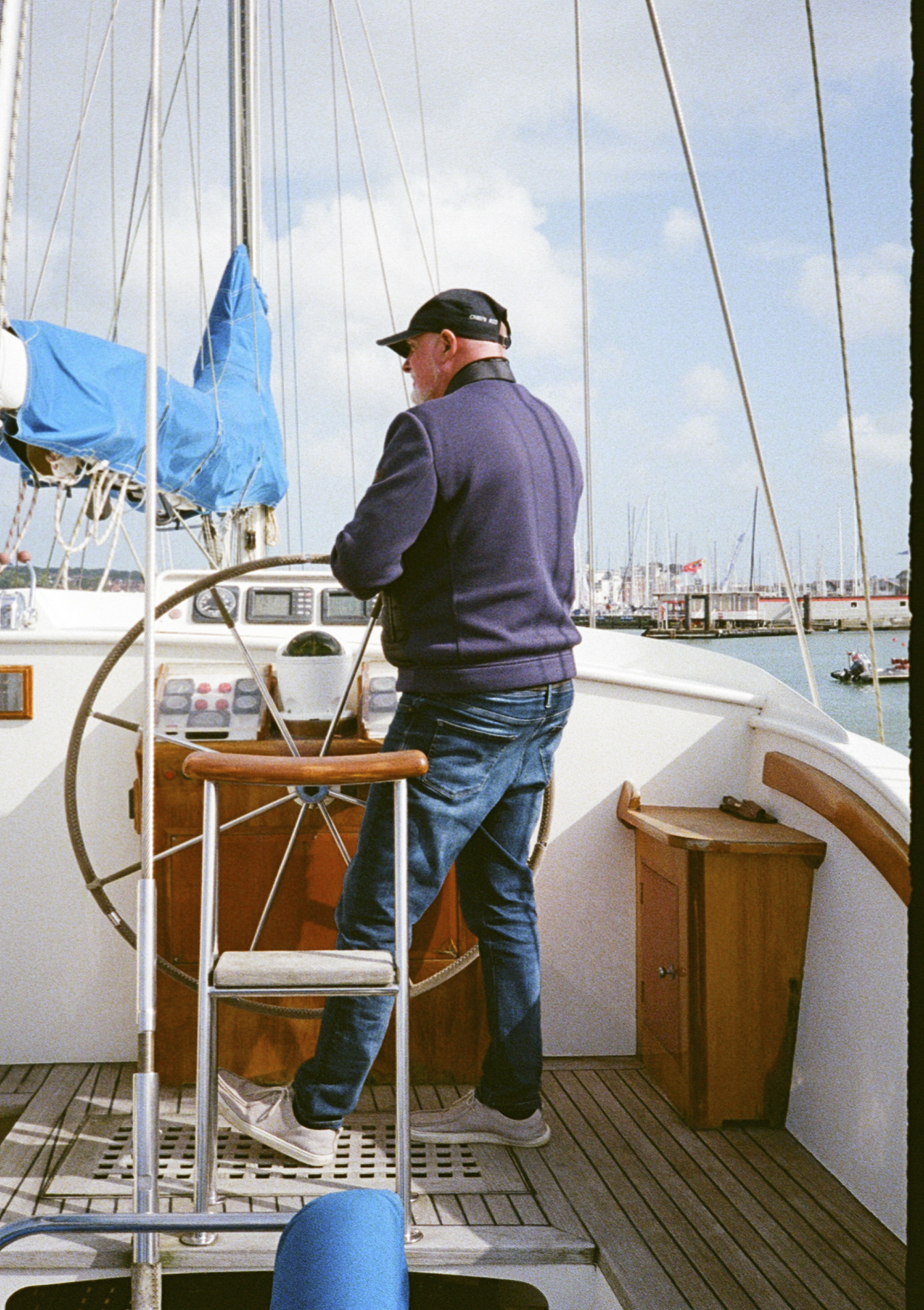
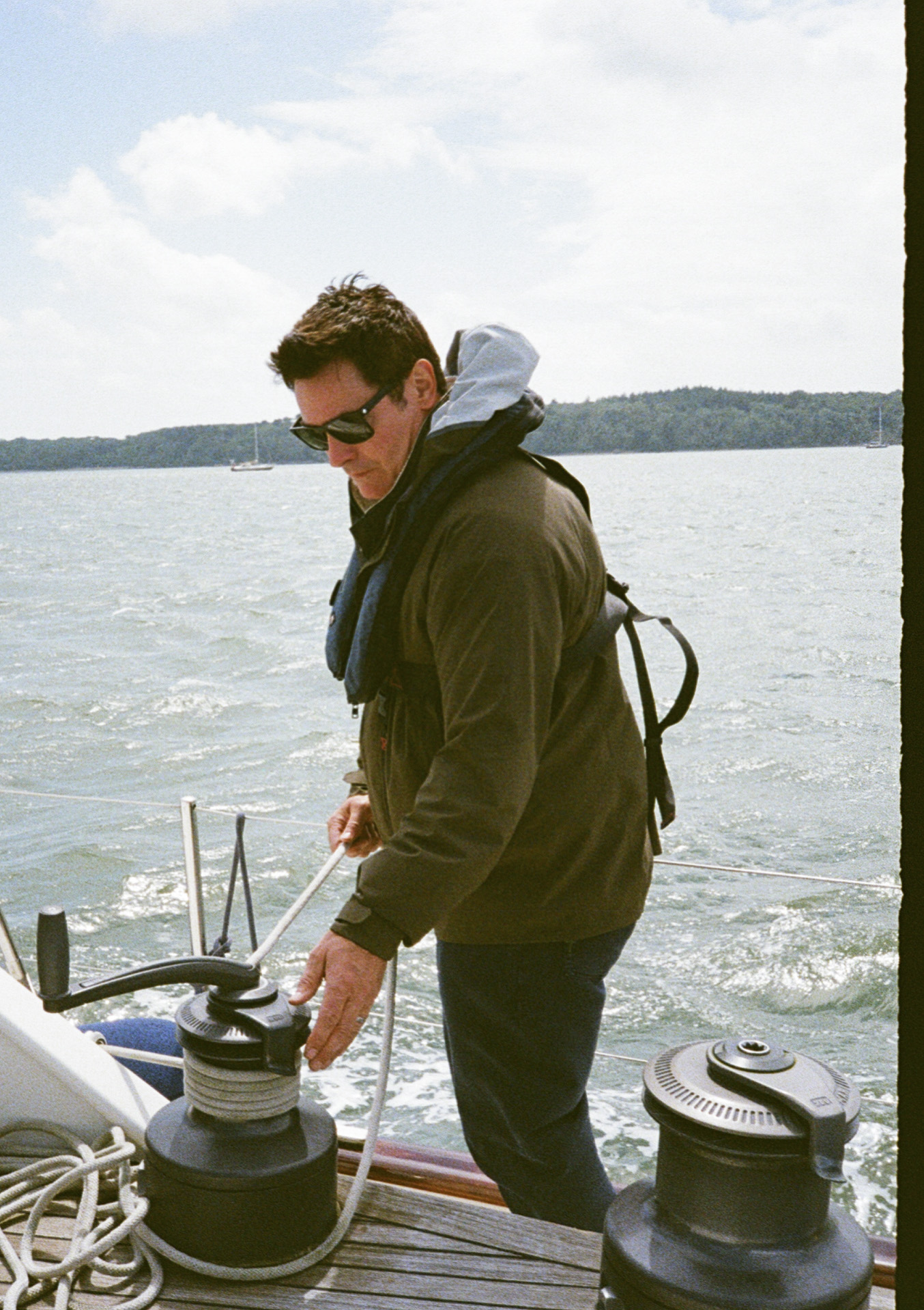
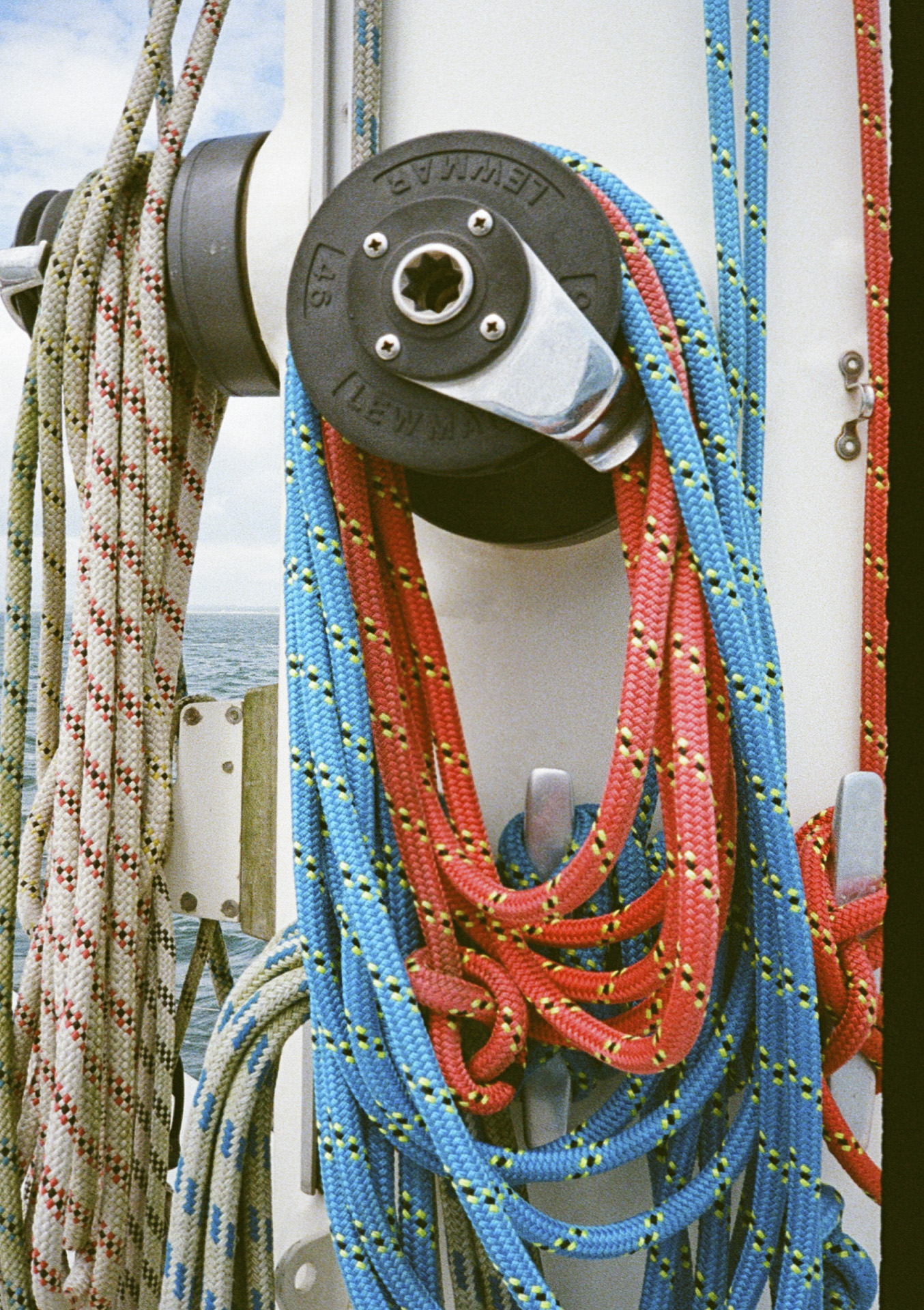
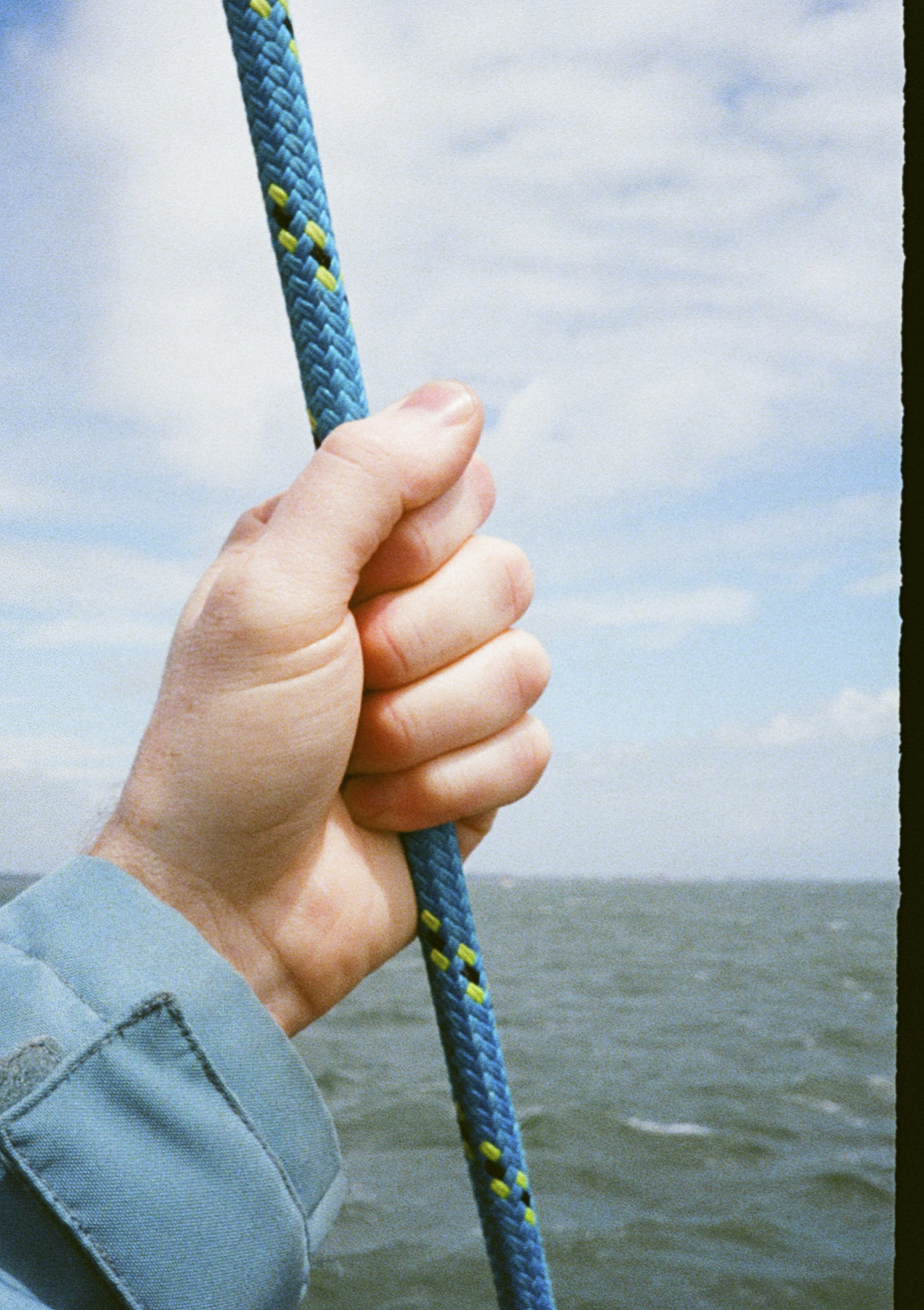
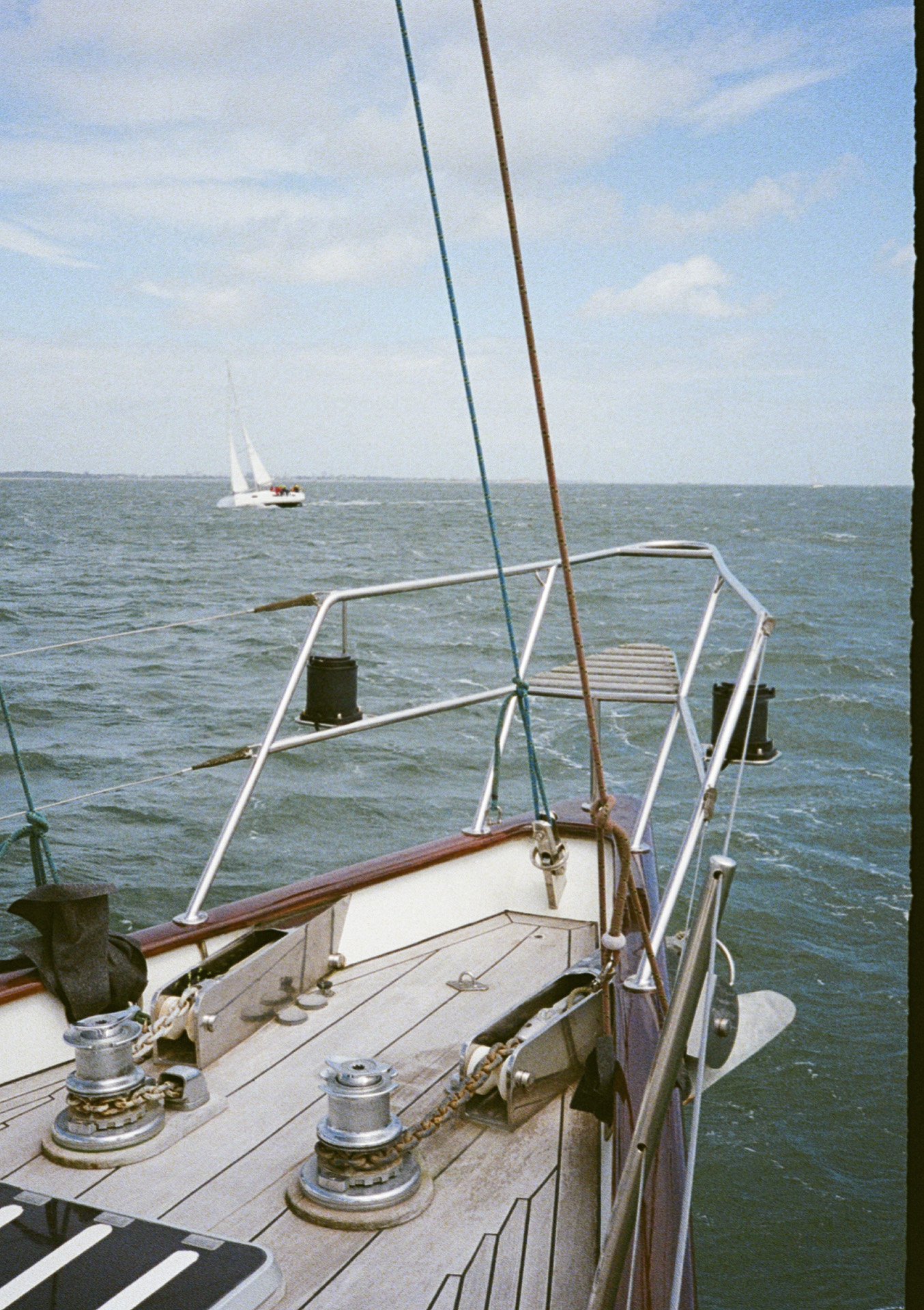
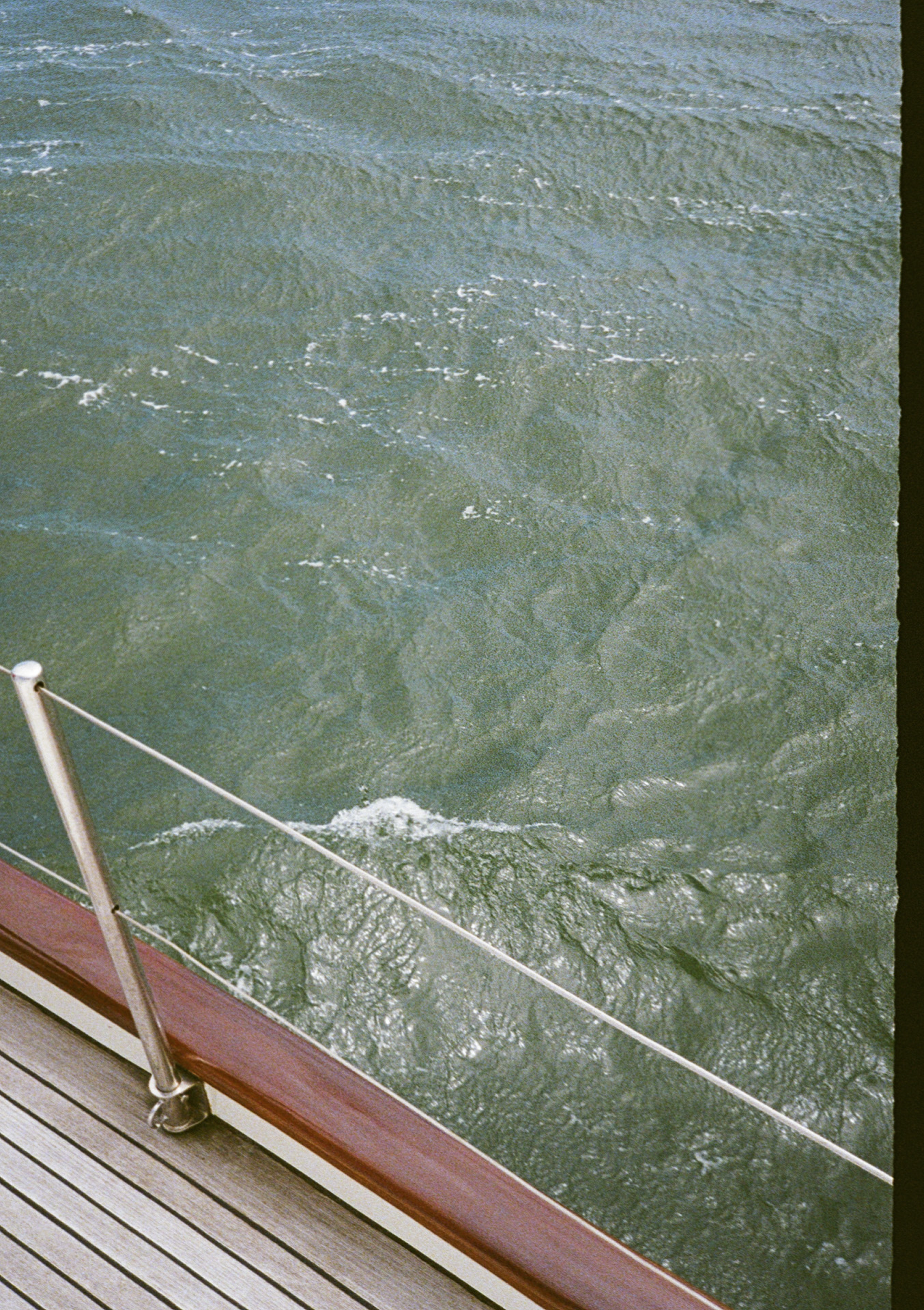
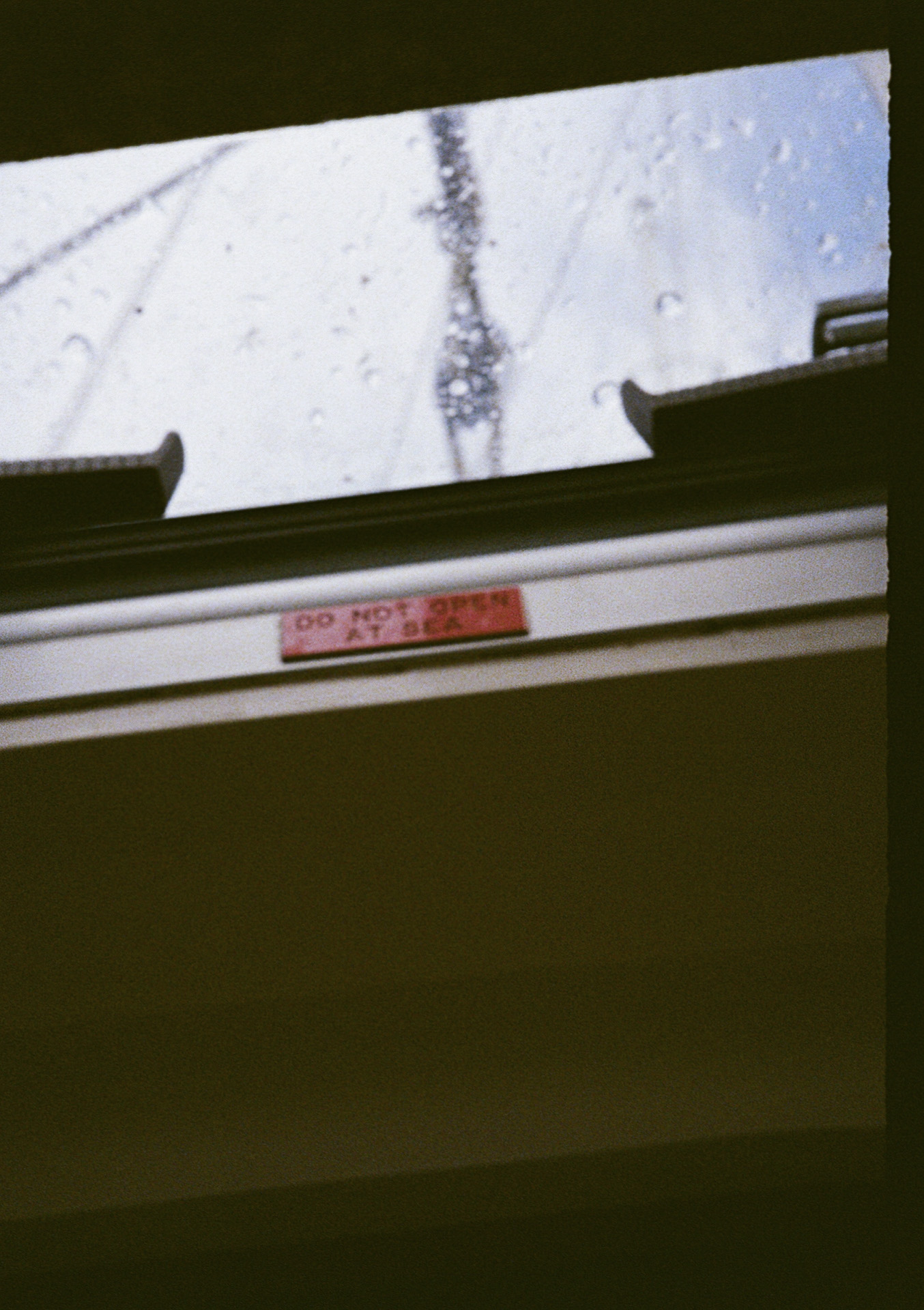
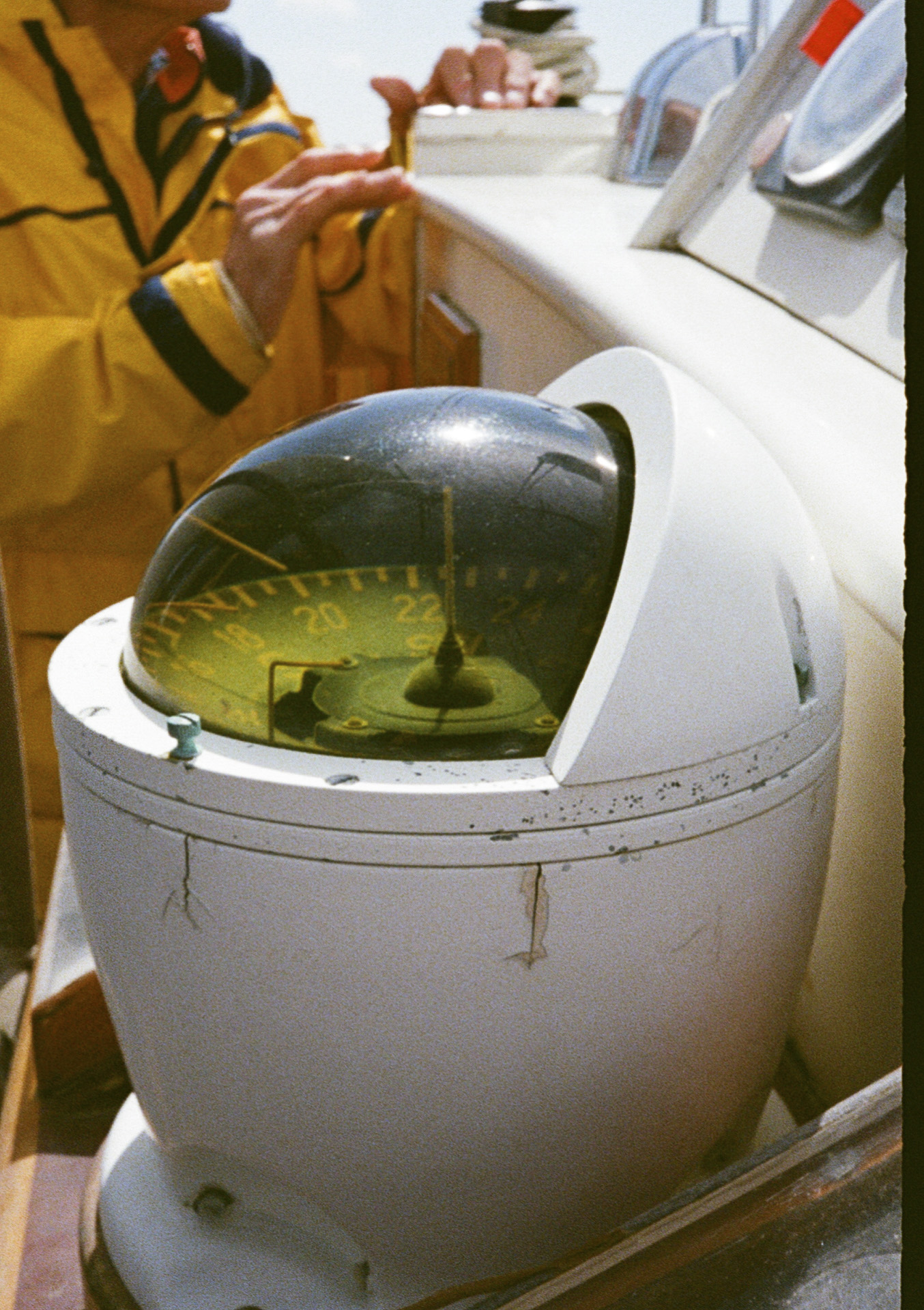
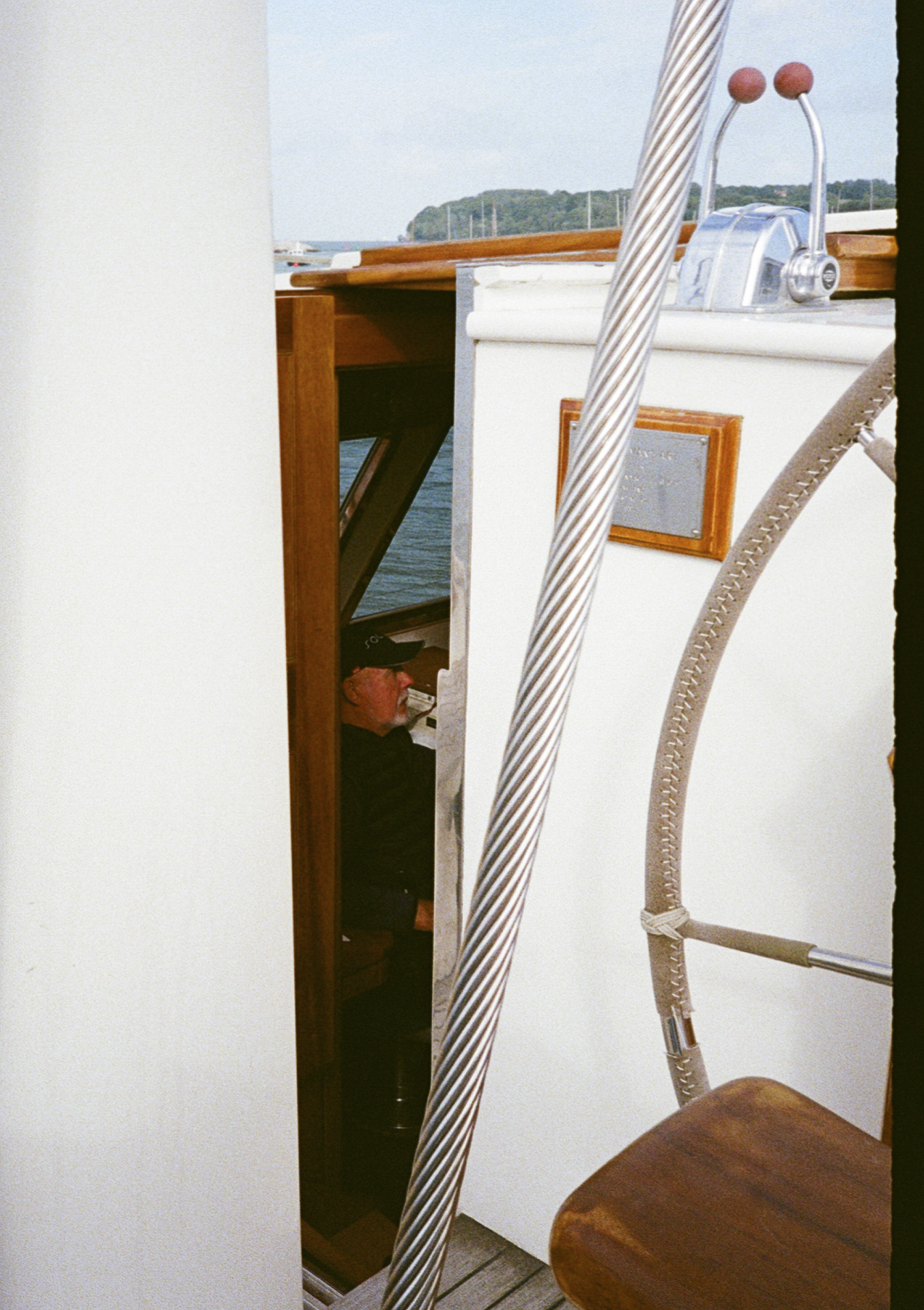
Half-frame pictures are half the size of 35mm, and therefore an individual shot is half the quality in terms of resolution. However, the size is still big enough in my opinion to show good levels of detail, and it's much larger than the 110 film used in the recent Lomography Lomatic 110.
Ideally you'd ask the lab developing the roll of film to provide scans at the best possible resolution so that you have as many pixels to play with as possible. I received 6MP scans (2904 x 2048) with an average file size of around 4.5MB.
The look of your shots is down to what film you use. I had Kodak Ultra Max Color and Ilford HP5 to work with, and you can see the results for yourself above. The best camera apps like mood.camera, are doing an increasingly good job of rendering smartphone snaps into film-like photos, but the results don't usually compare to the real analog thing.
You also get another creative option with half-frame that you don't get so easily with full-frame: diptics. You can consider shooting complimentary pairs of images to sit side by side on the roll of film, for example a portrait alongside an abstract object.
Should I buy the Pentax 17?
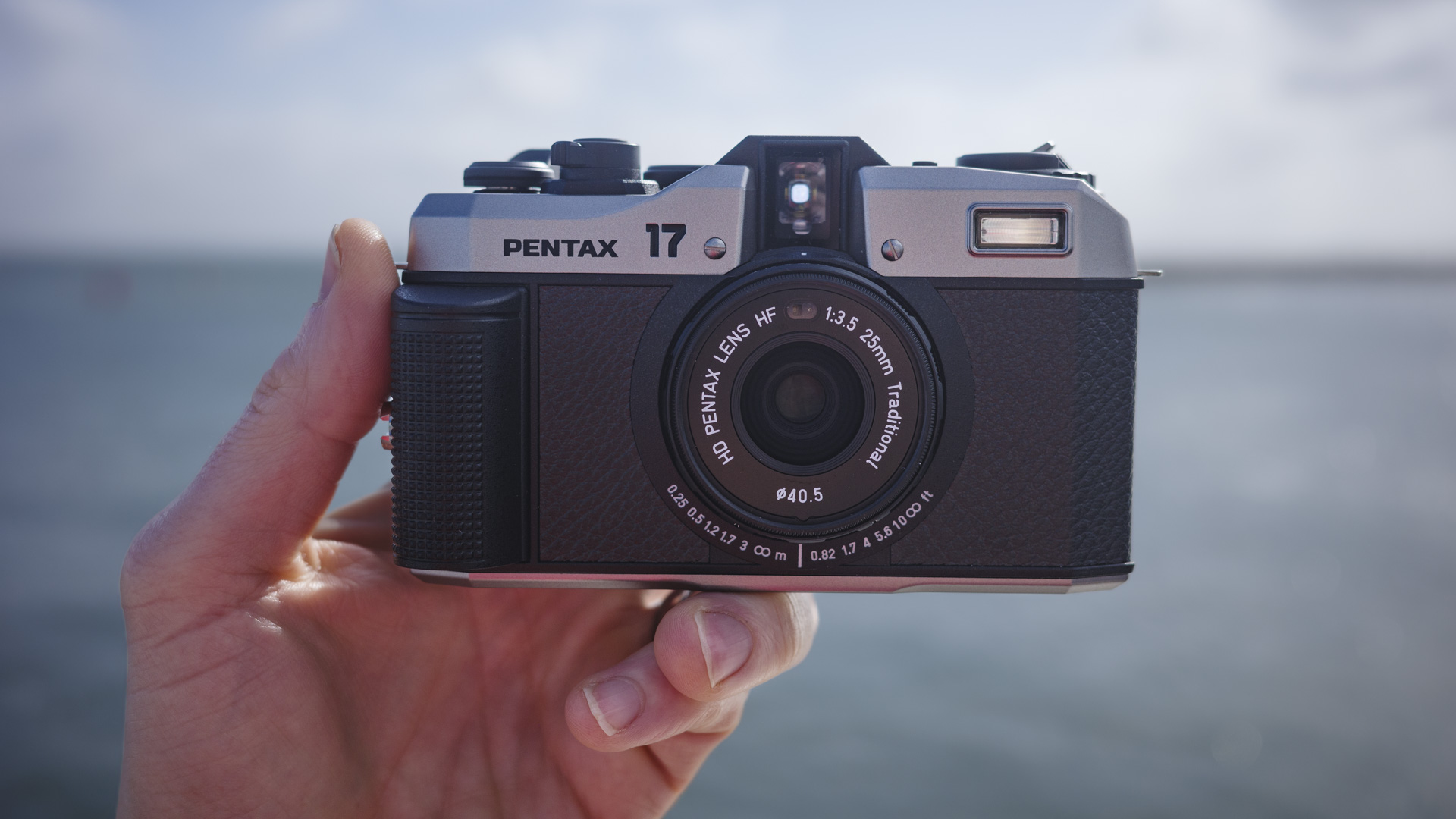
Buy it if...
Don't buy it if...
How I tested the Pentax 17

- I used the camera for two weeks
- I shot three rolls of film
- I took pictures in a variety of everyday scenarios
I shot three rolls of 35mm film with the Pentax 17, two color and one black-and-white. All rolls of film were ISO 400 with 24 exposures. Given that you get double the number of photos as you would when using a full-frame 35mm film camera, I've got around 150 photos altogether.
I mainly used the 17 to document everyday life, and I took photos in various scenarios, including outside in bright light by the coast, and indoors. I used all the different shooting modes, using the full range of fully auto and semi-automatic exposure modes, and I also used the built-in flash.
First reviewed June 2024


